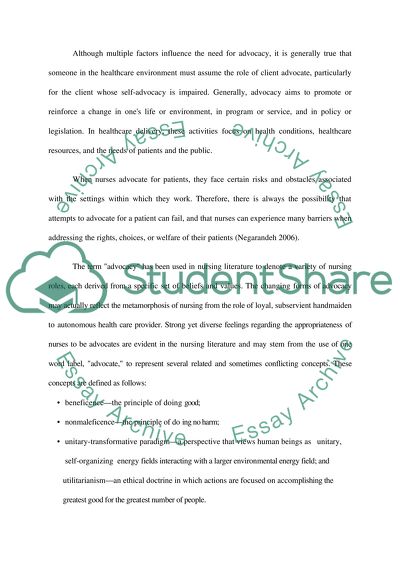Cite this document
(“Concept Analysis Paper on Nursing Advocacy Essay”, n.d.)
Retrieved from https://studentshare.org/miscellaneous/1522064-concept-analysis-paper-on-nursing-advocacy
Retrieved from https://studentshare.org/miscellaneous/1522064-concept-analysis-paper-on-nursing-advocacy
(Concept Analysis Paper on Nursing Advocacy Essay)
https://studentshare.org/miscellaneous/1522064-concept-analysis-paper-on-nursing-advocacy.
https://studentshare.org/miscellaneous/1522064-concept-analysis-paper-on-nursing-advocacy.
“Concept Analysis Paper on Nursing Advocacy Essay”, n.d. https://studentshare.org/miscellaneous/1522064-concept-analysis-paper-on-nursing-advocacy.


